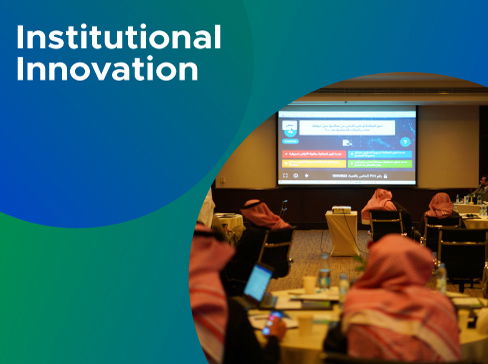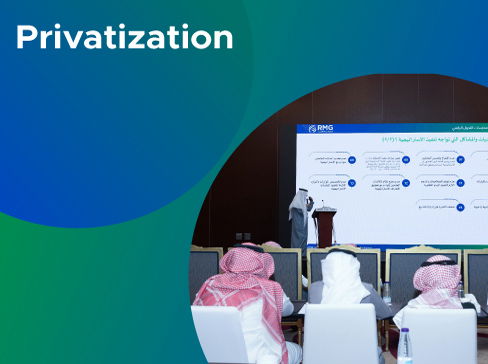Organizational Change Management (OCM)
Many institutions seek to make positive changes related to organizational change that contribute to bringing them closer to achieving their strategic goals, it is worth noting that change is a complex process that will be accompanied by many obstacles and challenges coming from inside or outside institutions, and therefore it must be understood and plans must be developed that ensure effective dealing with them, avoiding them, and reducing potential negative effects, attention should be paid to the importance of change, its processes, the extent of its comprehensiveness, its potential effects, and how to treat and manage it effectively.
Here we must pay attention to the fact that change is a process and not a reaction or an event that exists in itself, and it should not be considered as an output or result, but rather a completed process with people focusing on acquiring new skills, beliefs, concepts, behaviors and practices.
What is institutional change or organizational change?
Organizational change is defined as one of the organizational administrative patterns, practices and behaviors that are followed to move employees, departments, divisions and various organizations from one situation to another in a way that ensures the satisfaction of all stakeholders, in other words, organizational change can be viewed as a set of activities carried out by a company or facility, through which the main components of the organization are modified, such as the prevailing culture, the technology used, the infrastructure, or internal procedures.
The origin and history of institutional or organizational change
We cannot say that there is a specific date according to which organizational change arose, in fact, change is considered an essential part of any economic activity, and it is linked to the internal changes that may occur in the business (such as a change in strategy, for example, or a change in members of the work team, or management, etc.), and external changes surrounding the work environment (such as the emergence of new technology, or changes in the political, economic, or other environment).
In general, it can be said that any change from the above will require changing the way work is conducted in some way, otherwise economic activity will stop or decline, all activities that the entity will undertake to keep pace with this change can be considered as organizational change.
We note two cases here:
The first is in which the change is mainly a response to an external stimulus, and therefore the change is primarily adaptive, and the changes are fairly simple because they aim to deal with the external variable without significantly affecting the rest of the facility’s activities.
The Second, the change is mainly a response to an internal decision, and therefore the change is transformational, and it is a wide-ranging change that comes in the form of many activities, work mechanisms, and goals, and has repercussions on the strategy and work teams.
Certainly, changes in general cannot be classified as purely adaptive or transformational, most changes find themselves somewhere in the middle between the two types, with variations in their approach to one of them.
Why might you need to implement institutional or organizational change?
There are many reasons why organizational change is necessary, some of the most prominent reasons managers face include the following:
- A change in leadership within the entity or one of its departments
- Changes in the structure of organizational teams
- Application of new technology
- Adopting a new business model
In fact, there are many reasons for implementing organizational change, and in most cases, it is necessary for the project to survive and be able to meet the needs of customers or its beneficiaries, and maintain profitable margins.
The important question may be about managers’ role in managing organizational change, as change management is defined as the methodology for using change processes to achieve a positive result, which includes the use of the necessary resources and the reduction of side effects associated with change.





















